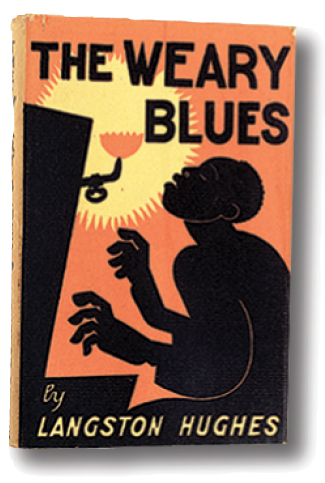The New Negro.
Printed Page 633 Chapter Chronology
The New Negro. The 1920s witnessed the emergence not only of the "new woman" but also of the "New Negro." African Americans who challenged the caste system that confined dark-skinned Americans to the lowest levels of society confronted whites who insisted that race relations would not change.
The prominent African American intellectual W. E. B. Du Bois and the National Association for the Advancement of Colored People (NAACP) aggressively pursued the passage of a federal antilynching law to counter mob violence against blacks in the South. At the same time, the Jamaican-born visionary Marcus Garvey urged African Americans to rediscover the heritage of Africa, take pride in their own achievements, and maintain racial purity by avoiding miscegenation. In 1917, Garvey launched the Universal Negro Improvement Association (UNIA) to help African Americans gain economic and political independence entirely outside white society. In 1919, the UNIA created its own shipping company, the Black Star Line, to support the "Back to Africa" movement among black Americans. In 1927, the federal government pinned charges of illegal practices on Garvey and deported him to Jamaica. Nevertheless, the issues Garvey raised about racial pride, black identity, and the search for equality persisted, and his legacy remains at the center of black nationalist thought.
Still, most African Americans maintained hope in the American promise. In New York City, hope and talent came together. New York City's black population jumped 115 percent (from 152,000 to 327,000) in the 1920s, and in Harlem in uptown Manhattan an extraordinary mix of black artists, sculptors, novelists, musicians, and poets set out to create a distinctive African American culture that drew on their identities as Americans and Africans. As scholar Alain Locke put it in 1925, they introduced to the world the "New Negro," who rose from the ashes of slavery and segregation to proclaim African Americans' creative genius.
New Negro
Term referring to African Americans who challenged American racial hierarchy through the arts. The New Negro emerged in New York City in the 1920s in what became known as the Harlem Renaissance, which produced dazzling literary, musical, and artistic talent.

The emergence of the New Negro came to be known as the Harlem Renaissance. Building on the independence and pride displayed by black soldiers during the war, black artists sought to defeat the fresh onslaught of racial discrimination and violence with poems, paintings, and plays. "We younger Negro artists ...intend to express our individual dark-skinned selves without fear or shame," poet Langston Hughes said of the Harlem Renaissance. "If white people are pleased, we are glad. If they are not, it doesn't matter. We know we are beautiful. And ugly, too."
The Harlem Renaissance produced dazzling talent. Black writer James Weldon Johnson, who in 1903 had written the Negro national anthem, "Lift Every Voice," wrote God's Trombones (1927), in which he expressed the wisdom and beauty of black folktales from the South. The poetry of Langston Hughes, Claude McKay, and Countee Cullen celebrated the vitality of life in Harlem. Zora Neale Hurston's novel Their Eyes Were Watching God (1937) explored the complex passions of black people in a southern community. Black painters, led by Aaron Douglas, linked African art, which had recently inspired European modernist artists, to the concept of the New Negro.
Despite such vibrancy, Harlem for most whites remained a separate black ghetto known only for its lively nightlife. Fashionable whites crowded into Harlem's segregated nightclubs, the most famous of which was the Cotton Club, where they believed they could hear "real" jazz, a relatively new musical form, in its "natural" surroundings. The vigor of the Harlem Renaissance left a powerful legacy for black Americans, but the creative burst did little in the short run to dissolve the prejudice of white society.